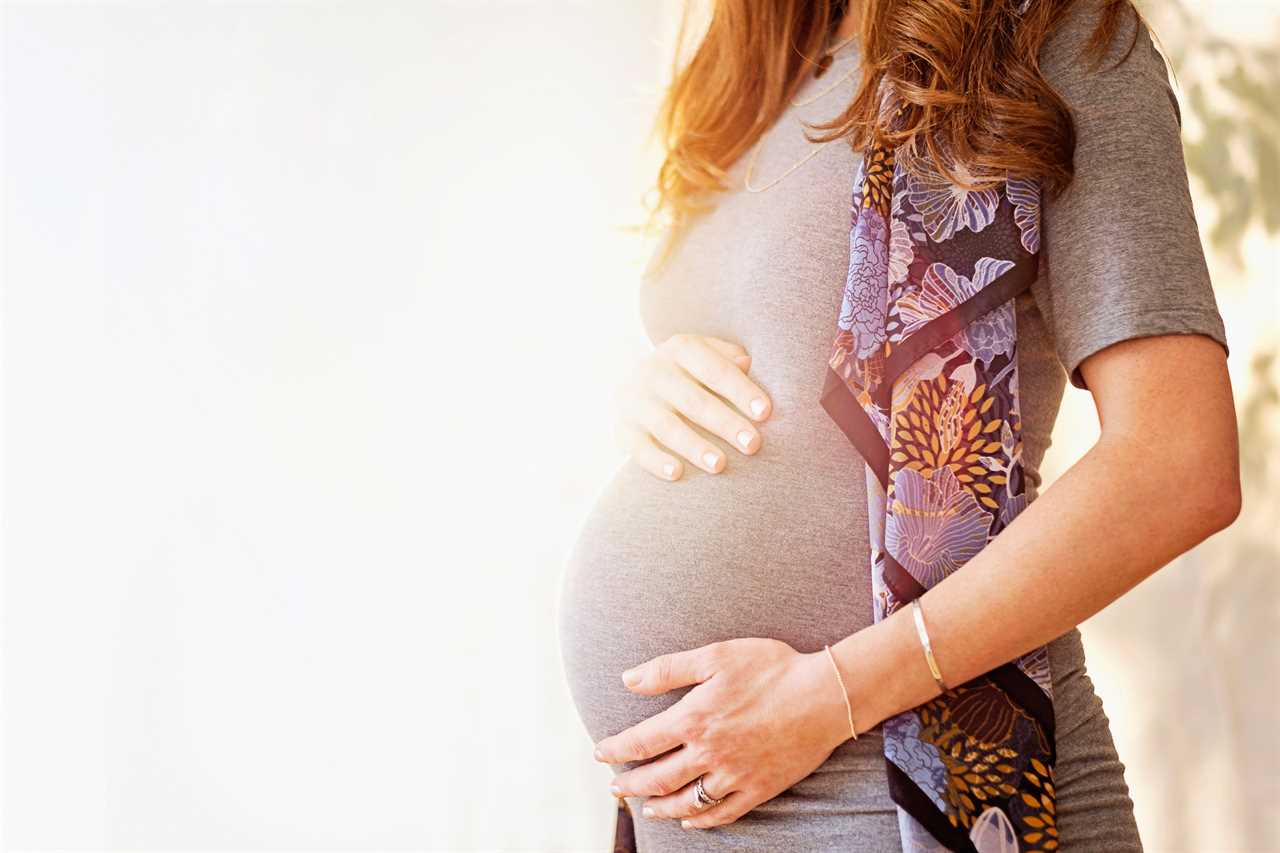PREGNANT women are exposed to chemicals in everyday items that not only are carcinogenic, but could harm their unborn baby’s development.
That’s according to worried American scientists who say more regulation is needed to tighten exposure.

Pregnant women’s urine samples showed signs of dangerous chemicals
Urine samples from 171 US women were tested by researchers at University of California, San Francisco for 45 chemicals.
Almost all samples (170) had traces of melamine, while the total sample (171) had cyanuric acid.
Melamine, classified as a carcinogen by the World Health Organization (WHO), is typically found in plastic dishware, as well as utensils, countertops, pots and pans.
The main concern is that a person may experience melamine poisoning from leakage of these products into foods.
Melamine was found to be a kidney toxicant after baby formula and pet food poisoning incidents in that 2000s, leading to several deaths, including six babies in 2008.
Cyanuric acid is a by-product of melamine, and used in disinfectants and swimming pools.
The vast majority of urine samples had aromatic amines – aniline, Methylenedianiline and Ortho/meta-Toluidine – which leak into the environment from clothing dyes, hair dye, mascara, tattoo ink, paint, rubber, tobacco smoke and diesel exhausts.
Several aromatic amines are classified as carcinogenic.
The levels of chemicals detected was very low, and nowhere near levels deemed dangerous by the WHO.
For example, melamine was present in 1.6 nano-grams (ng) per ml on average, compared to the WHO’s level of concern of 0.2mg.
The highest levels were found in women of colour and those with greater exposure to tobacco.
Experts said the findings, published in the peer-reviewed journal Chemosphere, warranted further investigation.
Dr Tracey Woodruff, a gynaecologist and co-senior author of the study, said: “These chemicals are of serious concern due to their links to cancer and developmental toxicity, yet they are not routinely monitored in the US.”
She told DailyMail.com: “One reason we are concerned is that multiple exposures to these chemicals and mixing them together could have higher risks.
“The other is these poisoning incidents [such as in 2008].
“What we are finding is that almost all women had measurable levels of these chemicals.
“They may not be a large risk, but it could be an important one… and they appear at a very critical point in development.”
The FDA has determined that using plastic tableware, including those containing melamine, is safe to use.
However, it does caution people not to microwave plastic plates that aren’t specified as “microwave-safe”.






